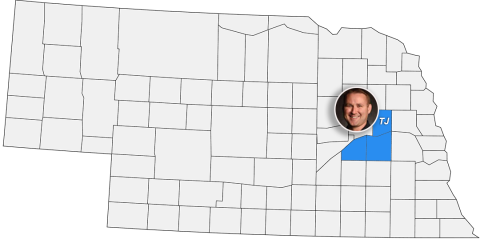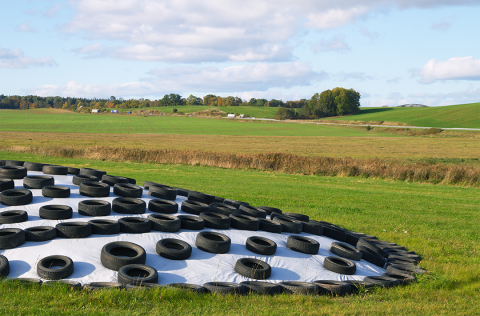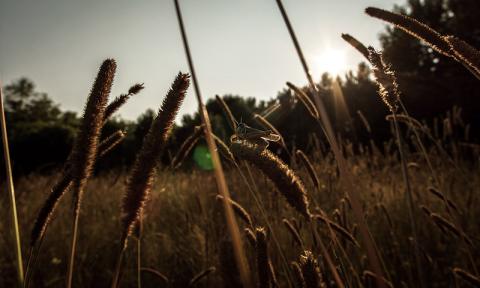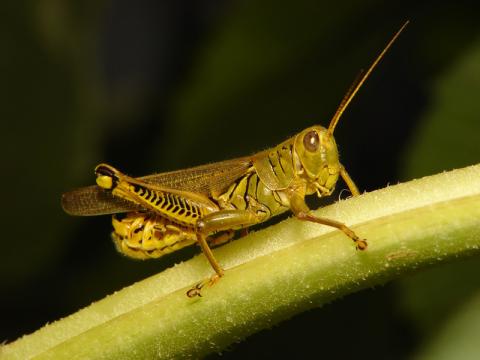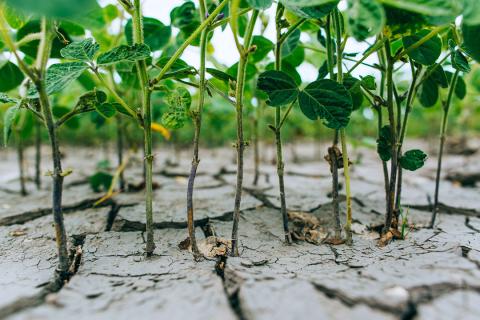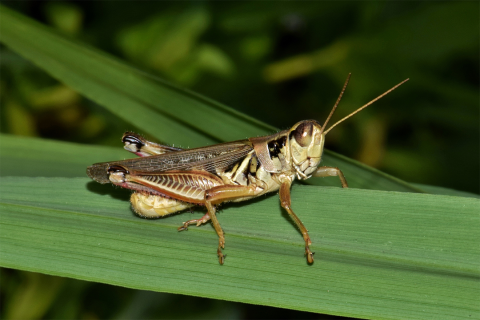
Pasture and Forage Minute: Management Considerations for Grasshopper, Poison Hemlock and Yucca
June 20, 2024
Economic thresholds of grasshoppers have been observed in some Nebraska pastures — review the square foot method and insecticide options to begin scouting and control measures.
Extension Crop and Pest Reports (June 3-7)
June 7, 2024
Extension educators share their observations in Nebraska fields this week.
Pasture and Forage Minute: Retaining Silage Quality During Feedout, Grasshopper Management
May 21, 2024
Tips on retaining silage condition during feedout, planning the optimal time for grass hay harvest, and controlling grasshopper in rangeland and forages.
Pasture and Forage Minute: Managing Grasshoppers, Pasture Weeds and Wet Hay
August 23, 2023
Insights on late summer grasshopper and pasture weed control, and options for producers putting up hay in wet conditions.
Pasture and Forage Minute: Grasshopper Control, Sub-irrigated Meadow Hay Harvest
July 7, 2023
Extension insights on grazing strategies to accommodate weather changes, grasshopper scouting and treatment recommendations, and tips for getting the most out of sub-irrigated meadow hay harvest in Nebraska.
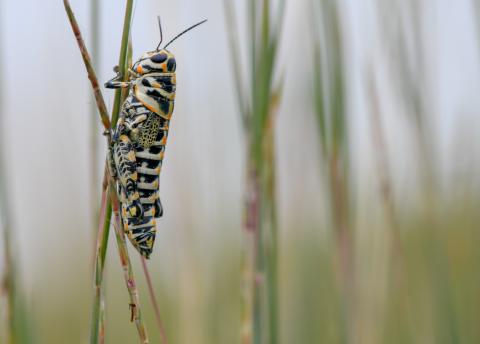
Pasture Grasshopper Management
June 8, 2023
Prolonged drought conditions have increased the potential for problematic grasshopper populations this growing season, particularly for counties in the western two-thirds of Nebraska.
Pasture and Forage Minute: Alfalfa Seed Selection, Grasshoppers After Drought
April 5, 2023
This week — Reviewing seed selection to avoid anthracnose and Phytophthora root rot, assessing alfalfa stands and predictions on grasshopper populations following the 2022 drought.
Pasture and Forage Minute: Salvaging Drought-stressed Soybeans as Forages, Grasshopper Control
August 30, 2022
Nebraska Extension educators review forage considerations for growers faced with droughty soybeans, tips on measuring stands and assessing alfalfa field health, and thresholds where grasshopper control may be warranted.
